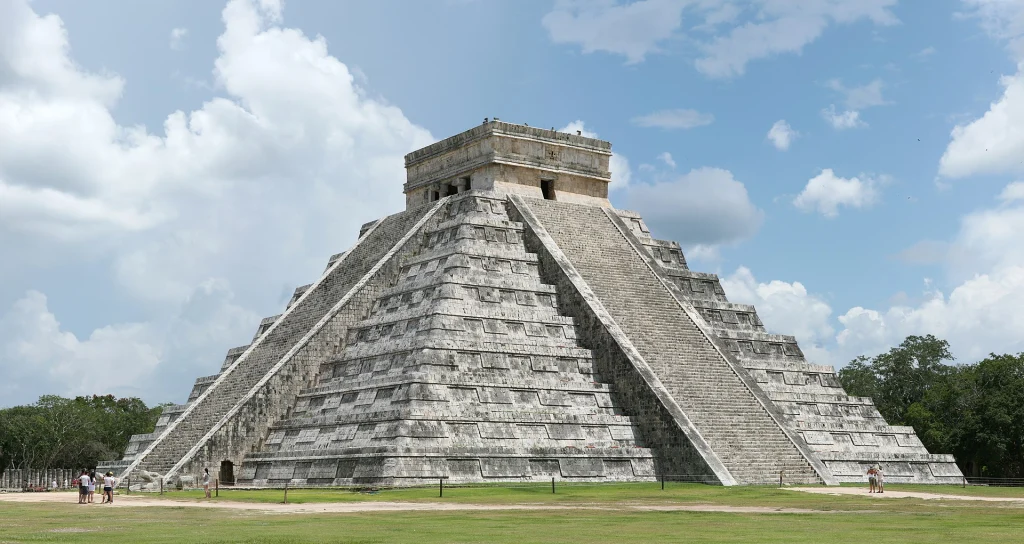Throughout history, numerous civilizations have risen to power only to disappear mysteriously. The fate of these lost societies has intrigued historians, archaeologists, and researchers for centuries. From the technologically advanced Maya to the enigmatic Indus Valley civilization, many questions remain about what led to their decline and eventual disappearance. Could it have been war, climate change, disease, or a combination of factors? Let’s explore some of the most famous lost civilizations and the theories behind their demise.
1. The Maya Civilization
The Maya civilization flourished in Mesoamerica from around 2000 BCE until its decline around 900 CE. The Mayans were highly advanced in astronomy, mathematics, and architecture, constructing impressive cities like Tikal, Copán, and Chichen Itza. However, many of their cities were abandoned by the end of the first millennium. Theories suggest prolonged droughts, deforestation, and resource depletion led to societal collapse. Warfare between city-states and internal political instability may have also played a role. Although remnants of the Maya culture persist today, their grand cities remain as eerie relics of the past.
2. The Indus Valley Civilization
One of the world’s earliest urban cultures, the Indus Valley Civilization thrived between 3300 and 1300 BCE in present-day Pakistan and northwest India. Cities like Harappa and Mohenjo-Daro displayed remarkable city planning, sanitation systems, and trade networks. However, by 1900 BCE, civilization declined, and cities were gradually abandoned. Climate change is a widely accepted theory, particularly shifting monsoon patterns leading to droughts. Additionally, invasions by Indo-Aryans or internal social decline may have contributed to its downfall.
3. The Ancestral Puebloans
The Ancestral Puebloans, known as the Anasazi, built elaborate cliff dwellings in the southwestern United States. Their civilization thrived between 900 and 1300 CE, with sophisticated irrigation and agricultural systems. However, by the late 13th century, they mysteriously abandoned their settlements, such as Chaco Canyon and Mesa Verde. Drought, resource depletion, and conflicts with neighboring tribes are among the leading theories explaining their disappearance.
4. The Minoans
The Minoans, Europe’s first advanced civilization, emerged on the island of Crete around 2700 BCE. They built grand palaces like Knossos and developed a unique writing system. The Minoans thrived until around 1450 BCE when their society experienced a sudden decline. Some researchers believe a massive volcanic eruption on the nearby island of Thera (Santorini) triggered tsunamis and climatic disruptions, weakening the civilization. Others argue that Mycenaean invasions contributed to their downfall.
5. The Lost City of Cahokia
Cahokia, located near present-day St. Louis, Missouri, was the largest pre-Columbian city north of Mexico. At its peak around 1100 CE, Cahokia had a population of tens of thousands and featured massive earthen mounds. By the 14th century, however, the city was abandoned. Environmental degradation, resource depletion, and social unrest are among the top theories explaining its decline.
Conclusion
The fall of these civilizations remains a reminder of how environmental changes, resource mismanagement, warfare, and other factors can bring even the most advanced societies to their knees. While mysteries persist, modern research continues to uncover new insights into what happened to these lost civilizations. Their ruins stand as testaments to human ingenuity and the fragility of society itself.




